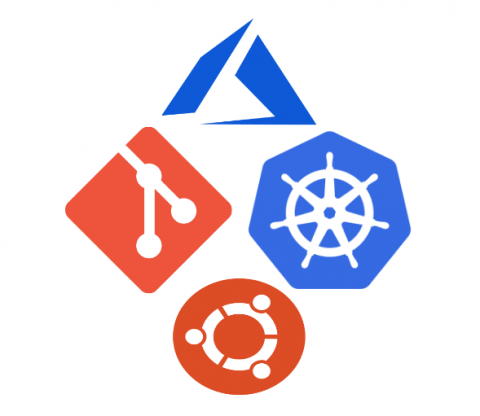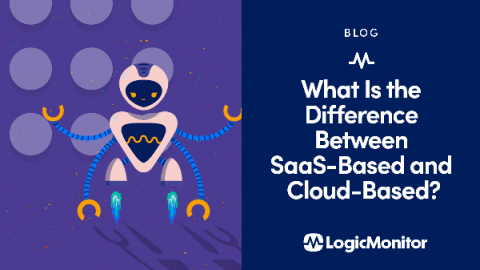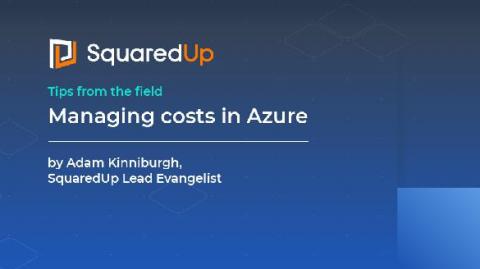Roadmap to Backend Developer on Serverless Infrastructures
Roadmap.sh is a quite popular Github repo providing community-driven guidelines for professionals willing to join or develop a software career. From Backend to Fullstack to DevOps. I missed some details there about Serverless environments and thought about sparking a discussion around this. Perhaps these ideas can mature and eventually become a contribution to the repository.











